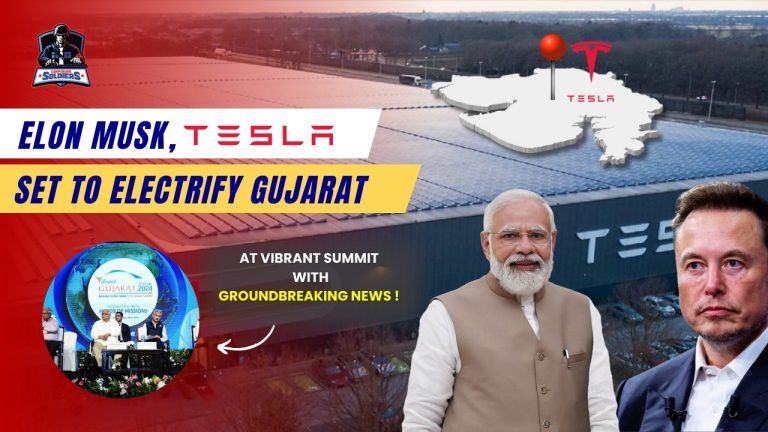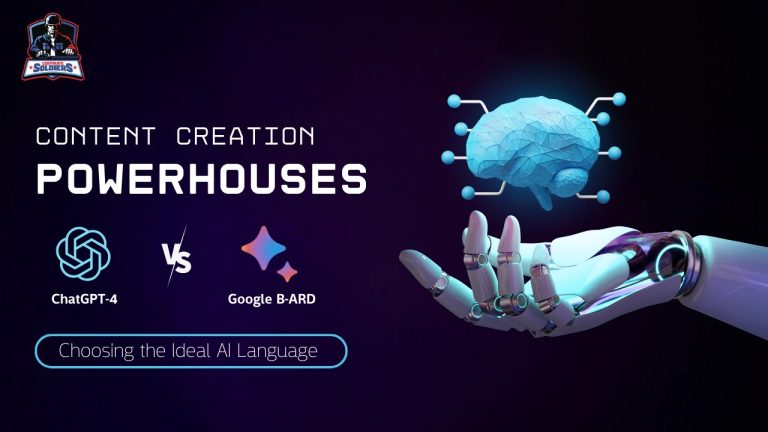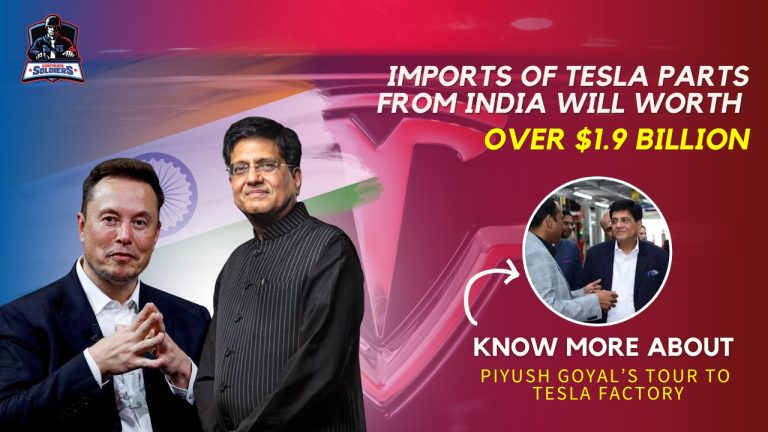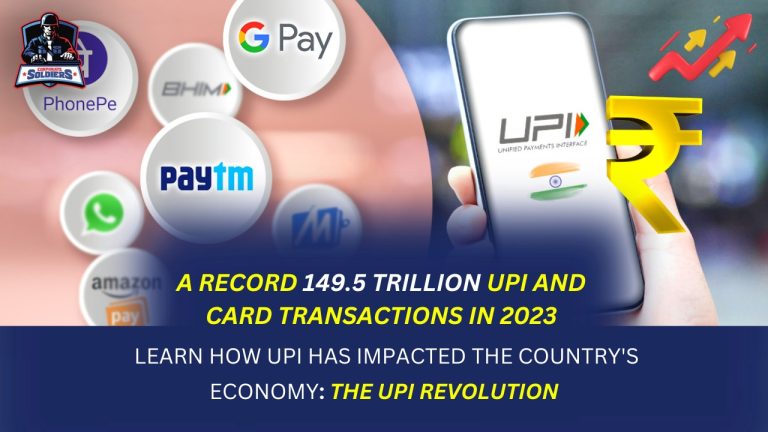Prepare for a significant shift in the Indian electric vehicle (EV) landscape! Tesla, the world’s leading EV powerhouse, is rumored to be setting up shop in India, with Gujarat as its preferred location. The shocking news has sent shockwaves throughout the industry, and the official announcement is anticipated to be made during the forthcoming Vibrant Gujarat Global Summit in January 2024, possibly in the company of Tesla CEO Elon Musk and Prime Minister Narendra Modi.
This prospective development could be a watershed moment for India’s EV goals. Tesla’s debut demonstrates the company’s belief in the country’s burgeoning EV market and its commitment to clean mobility. Tesla is positioned to disrupt the present automotive industry and drive future growth in the EV ecosystem, with its premium electric cars and cutting-edge technologies.
Gujarat: Tesla’s Indian Odyssey’s Selected Land
So, what’s the deal with Gujarat? The western Indian state appears to have checked all of Tesla’s boxes. Its strategic location allows us quick access to export ports, which is critical for Tesla’s global ambitions. Gujarat also has a strong industrial infrastructure, a trained workforce, and a business-friendly administration that has actively courted Tesla with lucrative incentives and a favorable policy environment.
Furthermore, Gujarat is quickly becoming an EV manufacturing hub in India. Tata Motors and MG Motor have established EV manufacturing facilities in the state, and a thriving supplier ecosystem would be another key draw for Tesla.
What’s on the Menu?
While no official information has been released, reports suggest that Tesla may begin with an assembly plant for its popular models such as the Model 3 and Model Y. This initial phase would cater to both domestic and export demand, eventually leading to full-fledged production. The estimated investment figures range from $1 billion to $5 billion, offering a huge boost to the Indian economy and employment development.
The Ripple Effect: Going Beyond the Buzz
Tesla’s entrance into India is about more than just money. It marks a watershed moment in the country’s EV adoption trajectory. The brand’s cutting-edge technology and sleek designs have transformed the global EV market, and its entry into India is sure to spark a surge of innovation and competition. This will not only hasten the development of indigenous EV technology but will also spark the construction of supporting infrastructure such as charging stations and battery recycling facilities.
A Possible Game Shift for India’s Electric Vehicle Journey
Tesla’s entrance in India promises to be a game changer for the country’s EV market on numerous fronts:
- Increasing EV Adoption: Tesla’s brand name and cutting-edge technology might dramatically boost EV adoption in India. The “Tesla effect” may drive other automakers to invest in the EV area, resulting in a broader range of options and more competitive costs for consumers.
- Technological Leap: Tesla’s presence will force Indian automakers and component suppliers to boost their game regarding technology and creativity. This information transfer could have an impact on the entire EV value chain.
- Job Creation: Establishing a manufacturing factory in Gujarat would result in the creation of thousands of direct and indirect jobs. This might provide a significant boost to the state’s economy while also contributing to general skill development in the EV sector.
- Increasing Foreign Investments: Tesla’s entry may pave the door for other global EV behemoths to enter the Indian market, bringing much-needed foreign investment and expertise.
Here are the challenges and roadblocks.
Despite its enormous potential, Tesla’s road ahead in India is not without obstacles. High import charges on electric vehicles, worries about charging infrastructure, and rivalry from established businesses are just a few of the challenges that must be overcome. It will also be critical to provide a professional crew that is trained to handle Tesla’s complex technologies.
The Vibrant Gujarat Summit: A Stage for a Historic Declaration
The official announcement of Tesla’s arrival in India is likely to take place at the next Vibrant Gujarat Summit in January 2024. With leaders like Elon Musk and Prime Minister Modi in attendance, the event promises to be a watershed moment for India’s electric vehicle ambitions.
The future of electric vehicles in India appears bright, and Tesla’s presence might start a revolution.
Details on Tesla’s investment plans, the planned location of the manufacturing plant, and the timing for production start-up could also be revealed at the summit. As India prepares to embark on a new chapter in its electric transportation journey, all eyes will be on Gujarat.










